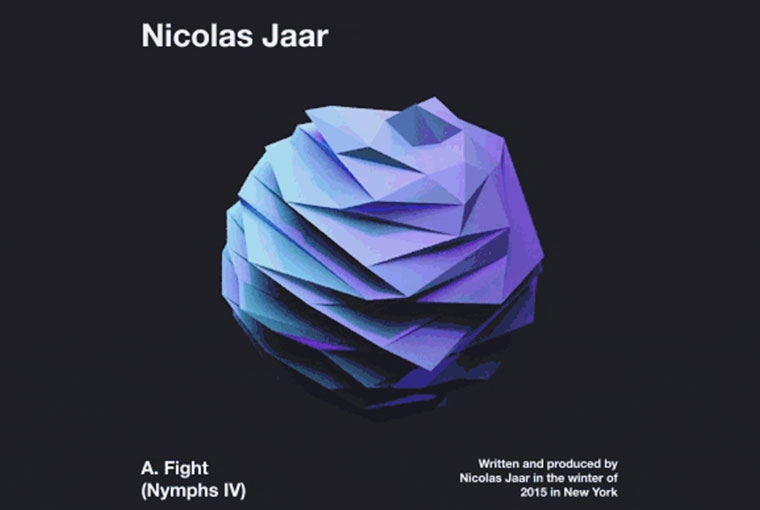

The human kind needs more kind humans, or so reads the first piece in Siddharth Mate’s series ‘Human Kind’. A master’s student at National Institute of Design, Siddharth refers to his works as his attempt at substantiating his ideologies. Delving further in to this thought, he said ‘I feel maybe a set of ideas, which at a given point of time, I think to make sense, if substantiated in a comprehendible way (into an artwork), could inspire/instigate/influence someone else to think about the world in a way they never thought of. Maybe be this instigation would lead to that person acting on it and maybe they will instigate others and slowly, step by step, person by person, we move towards a world which I think would be nicer than the current. I am not a good orator, never been very eloquent; therefore have to rely on artworks to express/communicate/propagate my ideas.’

Growing up in Bhilai, a simple town in Chhattisgarh, Siddharth refers to his upbringing as modest, but with ample encouragement from his parents towards his education. His education took him to IIT Bombay, where he got the time and inspiration to experiment with the visual arts. While his relation with art was always to express himself, he used to consider design as an acquired skill to earn a living for himself. But during his stint at NID, he acquired a sense of understanding and responsibility towards the need to design and whether his design could actually help make the world better in some way.
Inspired by the work of modernists and Swiss graphic designers, Siddharth’s design philosophy is ‘Less but Better’. He embraces simplicity and thinks that a good design should make life simple, but not necessarily easier. He says, ‘It's very important to understand what one is designing, and why, to understand as many possible repercussions of a probable design solution, to keep on juggling between a micro and a macro perspective.'
His project, Human Kind is a look at how human kind desperately needs more kind humans, and manages to unsettle the viewer. While the effect was not intentional, he says that his urge and even frustration to do something tangible about this situation created this effect. The work, Plastic Matters that started off as a classroom project on sustainability turned into an exercise in graphic design for Siddharth. He went a step further than his brief and explored the plasticity of the society in addition to the rising threat of plastic pollution.
As he reaches the end of his course at NID, Siddharth is working on his final project, a processing based tool which enables live visual jamming and has his graduation project confirmed with Adobe India. Later, he is looking to collaborate with friends and fellow designers, to work on certain non-commercial projects of mutual interests. As his interest in design has always been closely tied to philosophy and spirituality, he aspires to find ways way in which he can create or design something that can make the world a better place, utilizing the skills he has picked up.
You can see more of his works here.
Text Fathima Abdul Kader